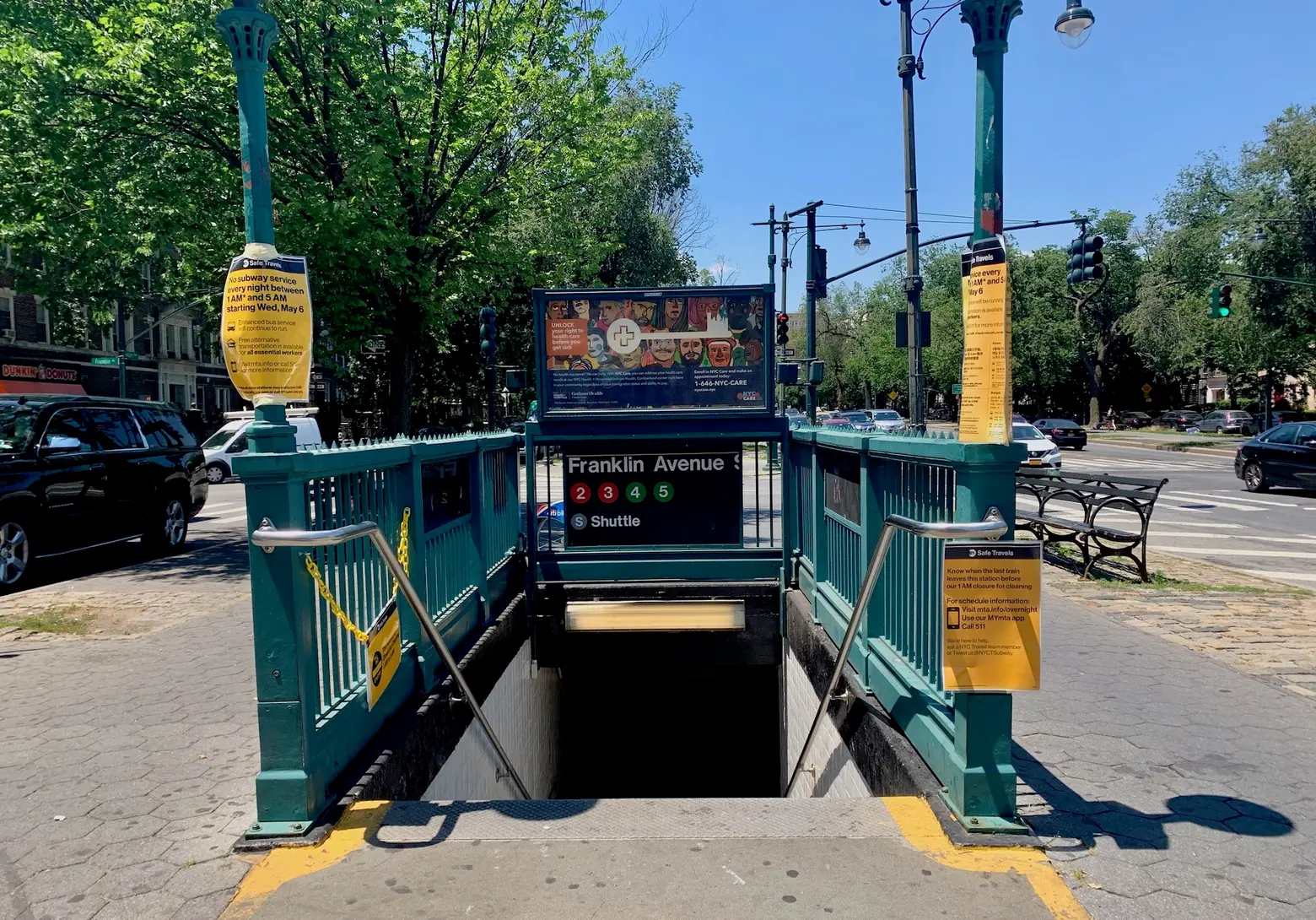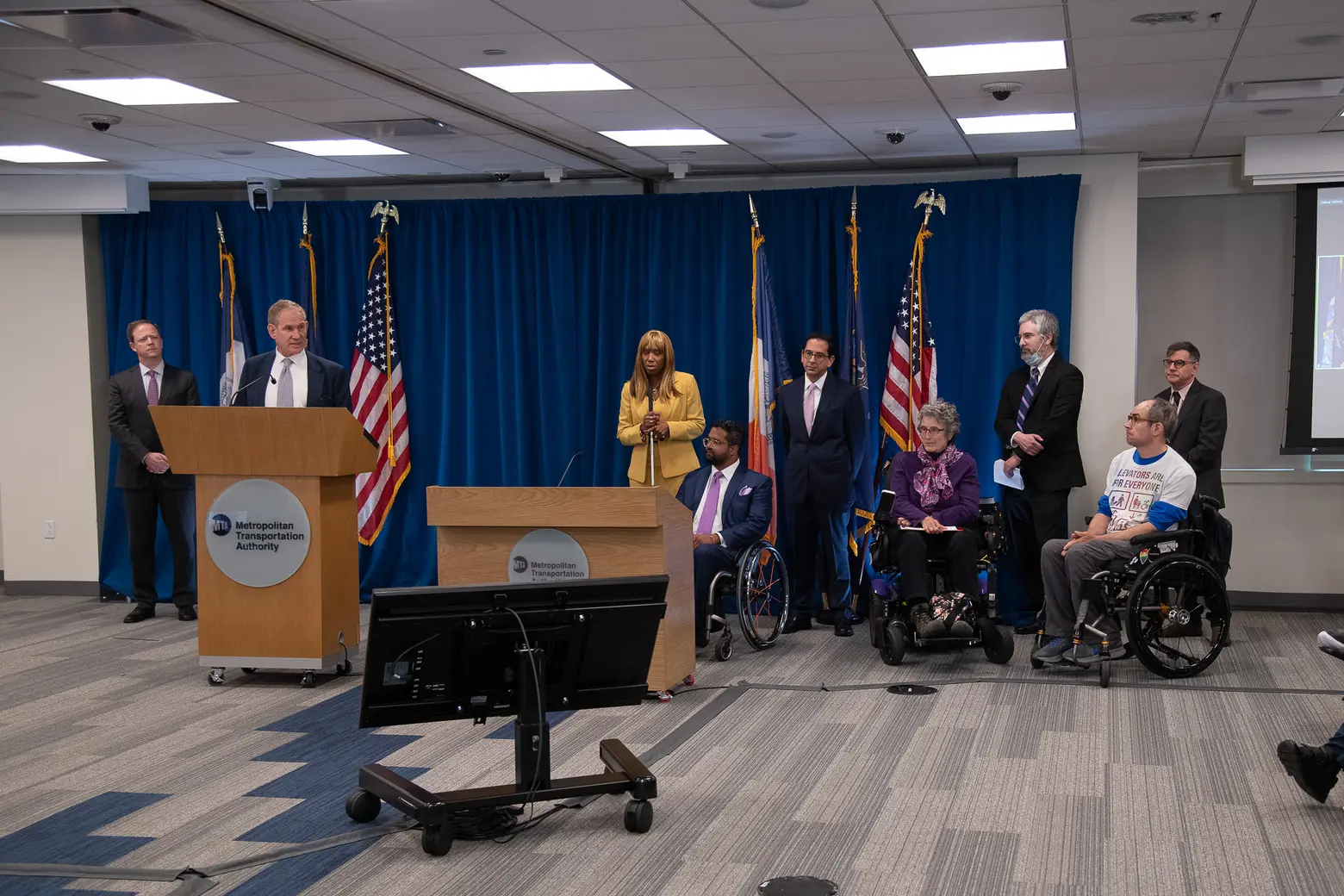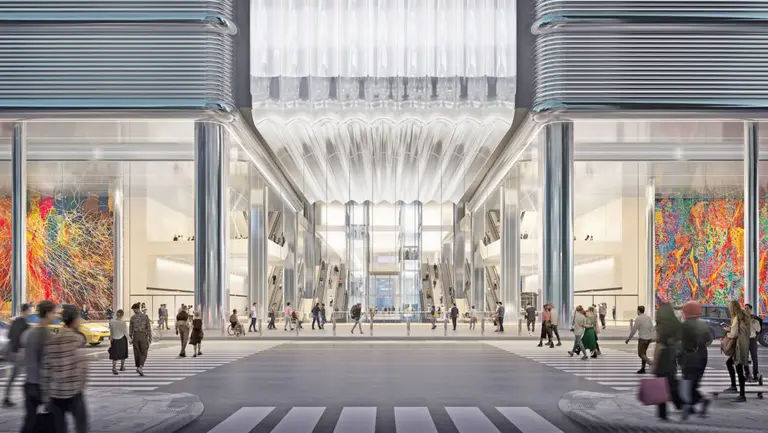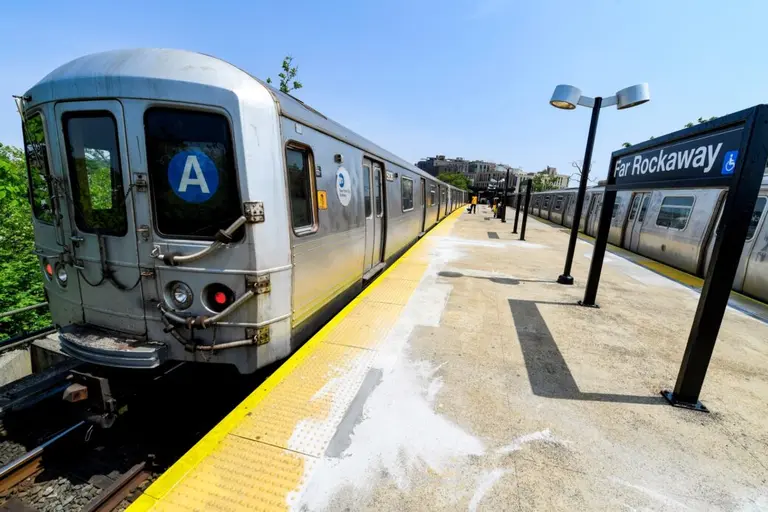MTA pledges to make 95 percent of subway stations accessible by 2055

© 6sqft
The Metropolitan Transportation Authority reached a class action settlement agreement to make 95 percent of currently inaccessible subway stations accessible to those with disabilities over the next three decades, Gov. Kathy Hochul announced on Wednesday. Currently, just 27 percent of the New York City subway system, including Staten Island Railway stations, are fully accessible to riders with disabilities. Under the agreement, which still requires court approval, the MTA will make accessible 81 stations by 2025, another 85 stations by 2035, another 90 stations by 2045, and the last 90 stations by 2055.
 Photo courtesy of Trent Reeves/MTA Construction & Development on Flickr
Photo courtesy of Trent Reeves/MTA Construction & Development on Flickr
“No New Yorker should have to worry about whether or not they can safely access public transportation,” Hochul said.
“This agreement between the MTA and accessibility advocates is a critical step towards further expanding accessibility in our subways and serving the needs of New Yorkers with disabilities. My administration will continue to ensure that New York State is accessible for all.”
Disability rights advocates have long fought for accessibility improvements in the transit system. In 2017, a coalition of advocates and New Yorkers with disabilities filed a federal lawsuit against the MTA, claiming the agency was violating the Americans With Disabilities Act when renovations of stations did not include installing elevators or ramps.
In September 2019, the City Council released a report that showed the use of zoning could help accelerate the accessibility of the subway system by increasing private development projects. At the time, only 23 percent of the city’s subway stations were fully accessible, making NYC the least accessible public transit system amongst the country’s 10 largest metro systems.
According to the New York Times, more than two-thirds of stations in Boston, Philadelphia, and Chicago meet the ADA standards.
The MTA pledged to increase the number of accessible subway stations by nearly 40 percent in December 2019 in their $51.5 billion 2020-2024 Capital Plan, with each inaccessible station receiving $5.2 billion to put towards renovations.
Since 2020, the MTA has installed accessibility features at 15 subway stations throughout the city, with construction contracts being awarded to 22 stations and 13 projects at other stations currently in progress.
Still, including the MTA’s 472 subway stations and the SIR stations, only 131 out of the city’s 493 rail transit stations are currently fully accessible. There are more than one million New Yorkers living with disabilities, 1.5 million over the age of 65, and 250,000 children under the age of two who need to be transported in strollers.
“Hallelujah! Finally, some good news! This extraordinary agreement ensures that no one will be shut out of the fastest, best way to get around town,” Joe Rappaport, executive director of Brooklyn Center for Independence of the Disabled (BCID), said in a statement.
“For BCID, like the other plaintiffs and our attorneys, this is the culmination of years of advocacy, both in and out of the courtroom. We’re immensely proud we and the MTA have reached this day.”
RELATED:
- These are the 68 subway stations the MTA will make fully accessible
- Hunters Point Library will move fiction shelves in response to accessibility criticism
- Report suggests looking to zoning to speed up subway accessibility; map shows which lines lag
- MTA board approves $51.5B capital plan, largest in the agency’s history


























